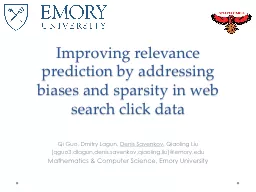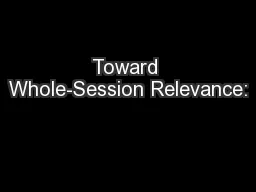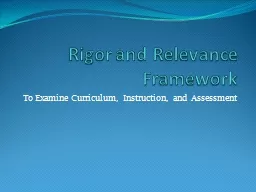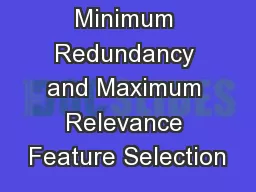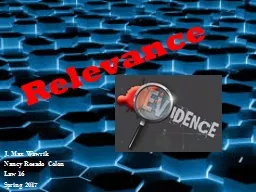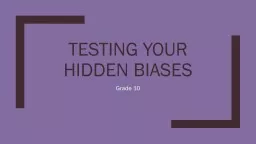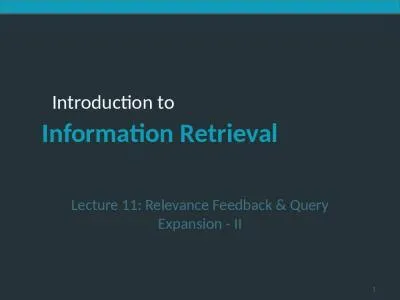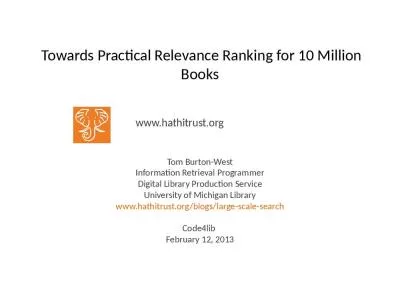PPT-Improving relevance prediction by addressing biases and
Author : aaron | Published Date : 2017-06-18
sparsity in web search click data Qi Guo Dmitry Lagun Denis Savenkov Qiaoling Liu qguo3 dlagundenissavenkov qiaolingliu emoryedu Mathematics amp Computer
Presentation Embed Code
Download Presentation
Download Presentation The PPT/PDF document "Improving relevance prediction by addres..." is the property of its rightful owner. Permission is granted to download and print the materials on this website for personal, non-commercial use only, and to display it on your personal computer provided you do not modify the materials and that you retain all copyright notices contained in the materials. By downloading content from our website, you accept the terms of this agreement.
Improving relevance prediction by addressing biases and: Transcript
Download Rules Of Document
"Improving relevance prediction by addressing biases and"The content belongs to its owner. You may download and print it for personal use, without modification, and keep all copyright notices. By downloading, you agree to these terms.
Related Documents

